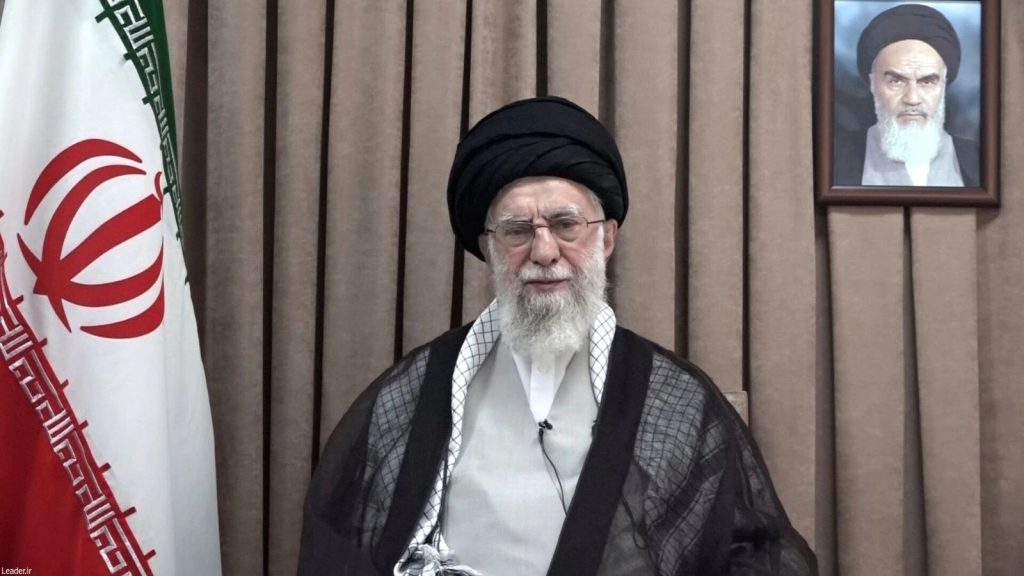News
Killed for bread: Gaza aid lines turn into death traps

At least 26 Palestinians, including people seeking food, were killed in the latest wave of Israeli attacks on Gaza on Saturday, June 21, 2025, as the humanitarian crisis in the besieged enclave deepens under a crippling blockade.
Among the dead were 11 people struck at aid distribution centres, highlighting a deadly trend of assaults on those simply trying to survive.
The casualties come as tens of thousands of desperate Palestinians gather daily at food distribution points, amid what the United Nations has described as an “engineered famine” created by prolonged Israeli restrictions on humanitarian access.
The latest killings have intensified global condemnation.
It comes especially as many of the victims were waiting at sites operated by the Gaza Humanitarian Foundation (GHF), a body controversially backed by both the United States and Israel.
The UN has criticised the GHF’s approach, warning of the “weaponisation of aid” in a conflict where humanitarian assistance has become not just a necessity, but a deadly risk.
In a particularly harrowing incident, Israeli drones struck a tent sheltering displaced Palestinians in al-Mawasi, southern Gaza, killing at least three members of the Shurrab family and injuring several others.
The tent had been erected in what the Israeli military had previously designated as a “safe zone”.
“What safe zone?” asked a relative of the victims, standing in the rubble where the tent once stood.
“Everywhere we go, death follows.”
Gaza’s Health Ministry reported that within the last 48 hours alone, 202 people have been killed and over 1,000 injured.
This includes four bodies recovered from earlier attacks.
Since Israel’s military campaign began in October 2023, the death toll has soared to at least 55,908, with 131,138 others wounded.
Saturday’s violence marked yet another chapter in what Palestinians and international observers are calling the systematic targeting of aid distribution points.
In Khan Younis, three people were killed and dozens injured when Israeli forces opened fire on civilians waiting at a GHF site.
Omar al-Hobi, a displaced Palestinian who was injured while trying to collect food, gave a chilling account from his hospital bed.
“I call it the point of death,” he said.
“The tank is in front of us, the machine gun is in front of us, and the quadcopter is above us, with snipers on the ground.
“If anyone moves before the time, they’re shot. Once the tank pulls back, we run.”
The Israeli military claims these attacks are crowd-control measures aimed at preventing chaos at aid sites.
However, humanitarian organisations and eyewitnesses describe a starkly different picture, of people being fired upon without provocation, sometimes from close range.
The International Committee of the Red Cross said the “vast majority” of patients arriving at its field hospital in Gaza over the past two weeks were injured.
According to it, they were injured either while attempting to access aid or in the vicinity of distribution points.
“These aren’t combatants,” one Red Cross doctor said.
“These are people simply trying to eat.”
Meanwhile, the situation has been worsened by an ongoing communications blackout.
According to Wafa News Agency, internet and landline services have been disrupted across the Gaza Strip for over three days.
Southern and central areas, including Gaza City and northern Gaza, remain almost completely cut off, complicating rescue operations and aid coordination.
As global outcry mounts, there are growing calls for an independent investigation into what rights groups have described as war crimes.
Yet, for the families lining up at food stations each day, justice feels distant.
“We’re starving, we’re afraid, and now we’re being killed for asking for bread,” said a mother of three in Rafah.
“This is not war. This is slaughter.”
With aid weaponised, shelters bombed, and food lines turned into frontlines, Gaza’s humanitarian nightmare shows no signs of easing—only intensifying.
For Diaspora Digital Media Updates click on Whatsapp, or Telegram. For eyewitness accounts/ reports/ articles, write to: citizenreports@diasporadigitalmedia.com. Follow us on X (Fomerly Twitter) or Facebook














